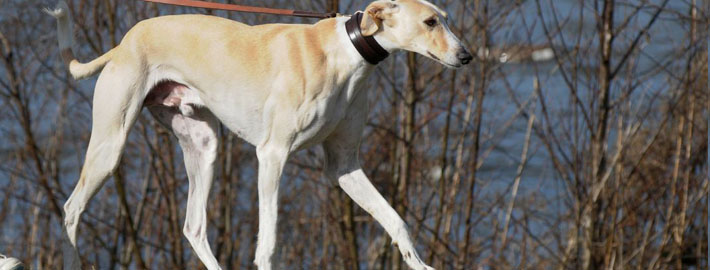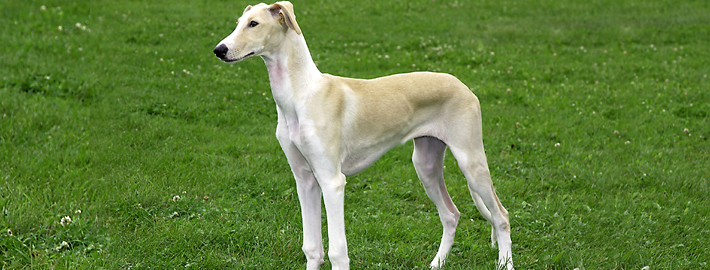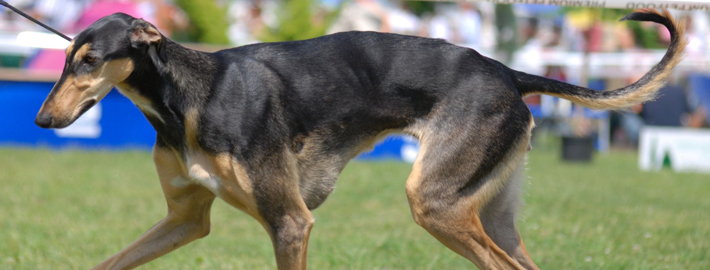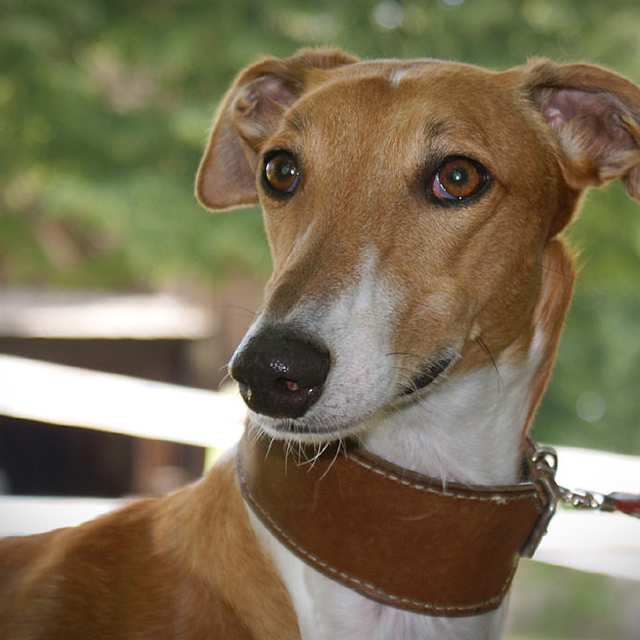What Makes Polish Greyhound Unique
This confident Polish Greyhound is also known as Chart Polski is a sighthound that enjoys running and spending time in an outdoor activities more than anything. However, this canines are also protective to their families as well as their home and specially their territories which is unusual for a sighthound.
Breed Groups
Page Contents
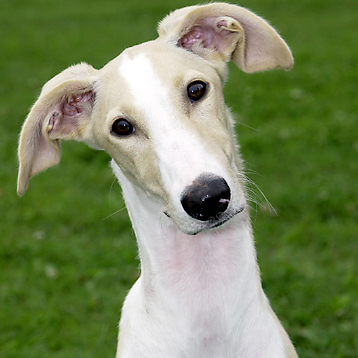
Is the Polish Greyhound Right For You?
The Polish Greyhound are dogs of great size and commanding appearance. They are definitely stronger, more muscular and heavier boned than the other short-haired sighthounds. Their strong frame, well-defined musculature and powerful jaws show them to be a hunting dog capable of working in the difficult conditions. Though large and strong, they must never be overdone to the point of heaviness or lethargy.
Although they are affectionate to their owners, they tend to be quite aggressive towards other dogs which means they need to be kept on a lead if taken in a park where other owners exercise their dogs. The breed is built for speed and they have an instinctive desire to chase just about anything that moves which can be a problem because it often means they forget their training. It is far safer to let them off their leads in a very secure, fenced off area so they could not get themselves into trouble.
In 5 Words
- Brave
- Courageous
- Intelligent
- Loyal
- Skillful
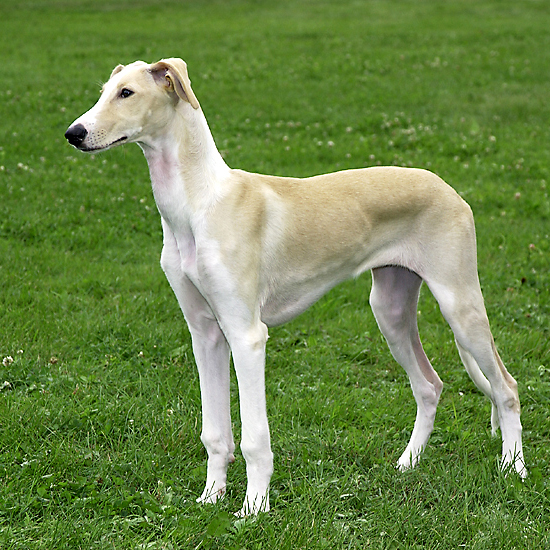
Characteristics
Learn About the Polish Greyhound
Description
General Description
The Polish Greyhound are Short coupled. When the dog is free standing, the withers and the highest point of the croup should be at equal heights. The chest is spacious and well let down, preferably to the point of the elbow. The ribs are well sprung, long and slope backward. The loin is wide and muscular and the croup gently slanting, long, muscular and wide. The hipbones must be wide apart.
The Polish Greyhound are dogs of great size and commanding appearance. They are definitely stronger, more muscular and heavier boned than the other short-haired sighthounds. Their strong frame, well-defined musculature and powerful jaws show them to be a hunting dog capable of working in the difficult conditions. Though large and strong, they must never be overdone to the point of heaviness or lethargy.
Although they are affectionate to their owners, they tend to be quite aggressive towards other dogs which means they need to be kept on a lead if taken in a park where other owners exercise their dogs. The breed is built for speed and they have an instinctive desire to chase just about anything that moves which can be a problem because it often means they forget their training. It is far safer to let them off their leads in a very secure, fenced off area so they could not get themselves into trouble.
Size
The Polish Greyhound dog measure between 70 – 80 cm (28 – 31 inches) tall for males and about 68 to 75 cm (27 to 30 inches) tall for females. They weighs for about 27.2 to 36.2 kg (60 to 80 pounds) for both males and females.
Coat
The coat of a Polish Greyhound is springy to the touch, rather harsh, but not wire-haired. Shortest on the belly and legs, the coat may be of variable lengths on the rest of the body. On the buttocks and tail, the hair is longest, but still harsh, and forms a modest breeching and brush. The skin is close fitting and elastic. The color of their coats are black, blue, tan or beige.
Short History of the Polish Greyhound
The Polish Greyhound dog originates from Poland and the literal translation of their name means Polish Greyhound. Their ancestors hunted foxes, hare, deer and wolves and first appeared on the scene around the early 19th century. However, there is a record of these dogs that dates way back to the 16th century.
Luckily, a few of the breed survived Poland’s rather turbulent history during the 19th and 20th centuries so by the eighties, dog lovers in Poland began setting about restoring the numbers of this very attractive sighthound. The breed standard for the Chart Polski is based on paintings of the dog by 19th century artists namely Juliusz Kossak, Alfreda Wierusz-Kowalski and Jozef Brandt.
Temperament
The Polish Greyhound dog is self assured, confident, reserved and brave. He is a fast, skillful and untiring hunter and has a lively and penetrating gaze. Although they are affectionate to their owners, they tend to be quite aggressive towards other dogs which means they need to be kept on a lead if taken in a park where other owners exercise their dogs. The breed is built for speed and they have an instinctive desire to chase just about anything that moves which can be a problem because it often means they forget their training. It is far safer to let them off their leads in a very secure, fenced off area so they could not get themselves into trouble.
They are dogs of great size and commanding appearance. They are definitely stronger, more muscular and heavier boned than the other short-haired sighthounds. Their strong frame, well-defined musculature and powerful jaws show them to be a hunting dog capable of working in the difficult conditions. Though large and strong, they must never be overdone to the point of heaviness or lethargy.
Caring for Your Polish Greyhound
General Health
At this point Polish Greyhound dogs are not known to have many serious genetic disorders. Cancers have been reported, also some heart conditions such as cardiomyopathy. They tend to live to 12–14 years old. A few have lived to be 15.
Care
Daily
The Polish Greyhound is just easy to groom, the coat of the breed required only once a week brushing but bath is only when necessary.
Grooming & Bathing
The breed is rather easy to groom, the coat of the breed required only once a week brushing but bath is only when necessary.
Exercise & Training
Because Polish Greyhound is bred to run, to hunt and to work, it would need of daily walk. If it is under exercised, it would have some behavioral issues including hyperactivity, over excitability, destructiveness, shyness and aggression as well. It does best when it is provided with a regular free running opportunity in an enclosed safe area.

